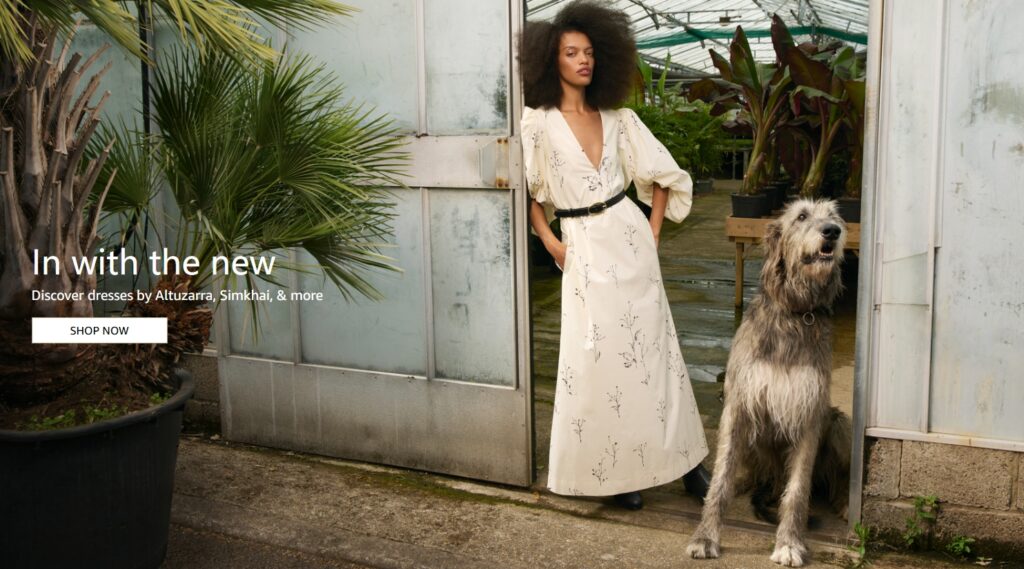In an age where our smartphones boast more megapixels than some professional cameras from a decade ago, it’s a fair question to ask: why invest in a dedicated camera? The answer lies not in the specs sheet, but in the experience, the creative control, and the unparalleled image quality that can truly reignite your passion for photography.

The Sensor Advantage: Seeing in the Dark
The most significant difference between your phone and a dedicated camera is the size of the image sensor. Think of the sensor as the digital equivalent of film. A larger sensor, like an APS-C or Full-Frame found in most mirrorless and DSLR cameras, captures dramatically more light.
This means:
- Superior Low-Light Performance: Say goodbye to grainy, blurry night photos. A larger sensor captures clean, detailed images even in challenging lighting conditions.
- Beautiful Background Blur (Bokeh): Achieve that professional, creamy blur that makes your subject pop. While phones simulate this with software, a camera with a fast lens creates it optically and naturally.
- Greater Dynamic Range: Capture more detail in both the shadows and highlights of a scene, giving you far more flexibility when editing your photos.
The Power of a Lens Ecosystem
Your smartphone has a single, fixed lens. A dedicated camera gives you access to an entire universe of lenses, each designed for a specific purpose. This is where the real creative fun begins.
- Wide-Angle Lenses: Capture expansive landscapes, architecture, and tight interior shots without distortion.
- Telephoto Lenses: Bring distant subjects—like wildlife at the park or your child on a sports field—closer with stunning clarity.
- Prime Lenses: With a fixed focal length (e.g., 35mm or 50mm), these lenses are renowned for their sharpness and wide apertures, perfect for portraits and street photography.
Swapping lenses transforms your camera into a completely different creative tool, something a smartphone can never truly replicate.
Creative Control: You Are the Director
While smartphone cameras automate almost everything, a dedicated camera puts you in the director’s chair. Learning to manually control the exposure triangle—Aperture, Shutter Speed, and ISO—unlocks a new world of artistic expression.
- Freeze a hummingbird’s wings with a lightning-fast shutter speed.
- Create silky smooth waterfalls with a long exposure.
- Isolate a dewdrop on a petal by controlling your aperture.
This process is intentional and immersive. It forces you to slow down, compose your shot, and connect with your subject on a deeper level. It’s not just taking a picture; it’s making a photograph.
The Tangible Experience
There’s something profoundly satisfying about the tactile experience of a dedicated camera. The weight in your hands, the click of a physical dial, the sound of the shutter—these elements make photography a mindful activity rather than a distracted tap on a screen. It’s a device designed for one purpose: to create exceptional images without the distractions of notifications and apps.
Is It for You?
The convenience of a smartphone camera is undeniable, and it’s the perfect tool for spontaneous snapshots. But if you find yourself yearning for more—more quality, more creativity, more control—then stepping into the world of dedicated cameras is your logical next step. It’s an investment not just in gear, but in your creative journey.
What’s your reason for using a dedicated camera? Share your thoughts in the comments below!

